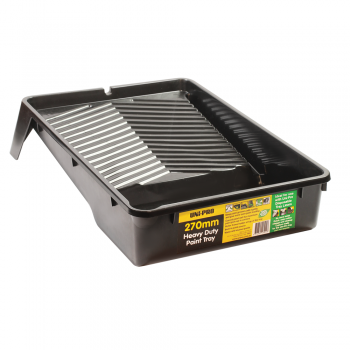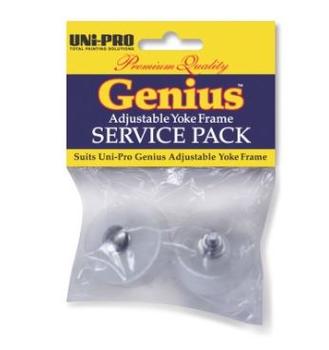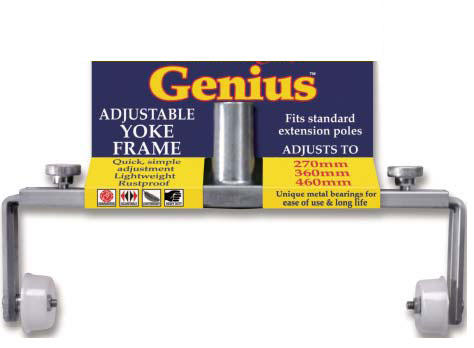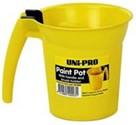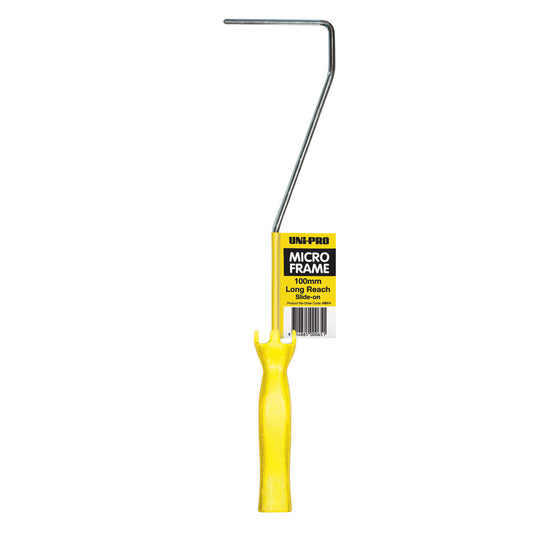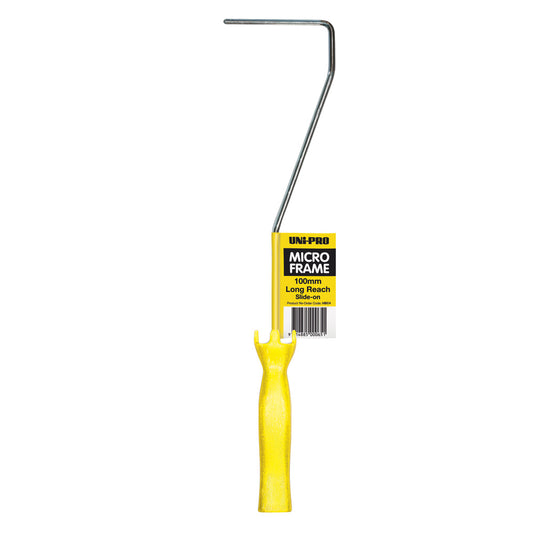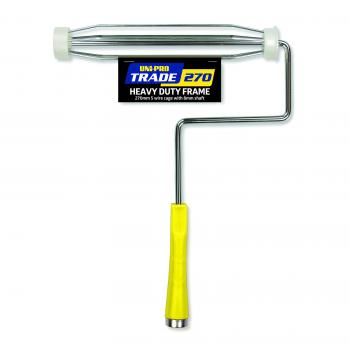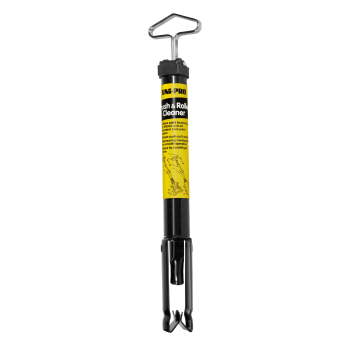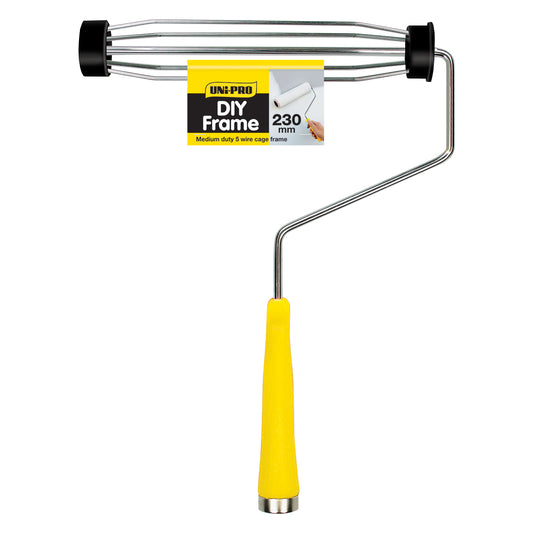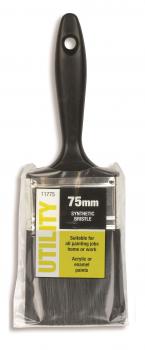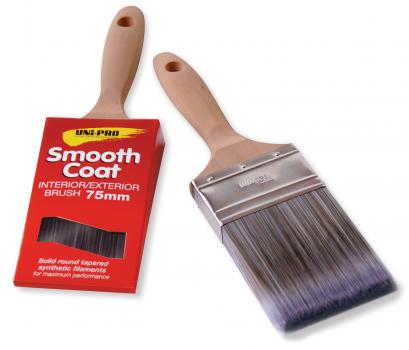PAINTBRUSHES VS. ROLLERS
Paintbrushes and paint rollers are quite distinct equipment that can be used to accomplish the same task. While this is true, both the brush and the roller have their place in the painting process. Brushes are perfect for painting small areas or regions that require more precision. Trim, corners, and edges are all great places to use brushes. A roller is meant to cover a broad area quickly and hold a significant amount of paint. Paint rollers are ideal for large surfaces such as walls, ceilings, and floors. Every job necessitates the use of the appropriate tool. This adage applies to all painters. Knowing whether to paint with a brush or a roller can help you save time and money.
SELECTING THE RIGHT PAINTBRUSH
Paintbrushes are available in various designs and sizes, and selecting one is a conscious choice. Consider the size of the area you wish to paint when choosing a brush. Bristles are another factor to consider, and you'll need to know what bristle style, material and size will work best for your painting project. Here’s a quick guide:
- Use 100mm Brushes for Large Areas Such as Walls
- Use 75mm Brushes for Corner and Trim Work
- Use Smaller 38mm Brushes for Tight Spaces, Detail Work and Touch-Ups
BRISTLE MATERIAL
There are two primary types of paintbrush bristles: Natural and Synthetic. Natural bristles are usually made from animal hair fibres, while synthetic brushes utilise polyester, nylon or a mix of both. Oil-based paints are applied better with natural bristles, while synthetic bristles work better for water-based latex paints.
BRISTLE SHAPE
The majority of paintbrushes on the market now are square-cut brushes. They're ideal for holding paint and laying it down on almost any surface. When painting into corners, up to adjacent surfaces, or along tight edges or surfaces, square-cut brushes don't allow as much control. Use a sash brush, which has bristles cut at a slight slant, for more accurate control. Sash brushes are handy for cutting in around the room's perimeter.
BRISTLE TIPS
Brushes with flagged, or split, ends are of higher quality. Flagged bristles hold more paint and spread it more evenly than straight bristles. Tipped ends are found on some brushes, particularly sash brushes, and should not be mistaken with flagged ends. Tipped brushes have a point, unlike regular brushes, which are cut flat and straight. Professional painters prefer tipped brushes because they provide you with more control and allow you to apply paint more precisely.


 Store Locator
Store Locator Login
Login
 Cart
Cart




